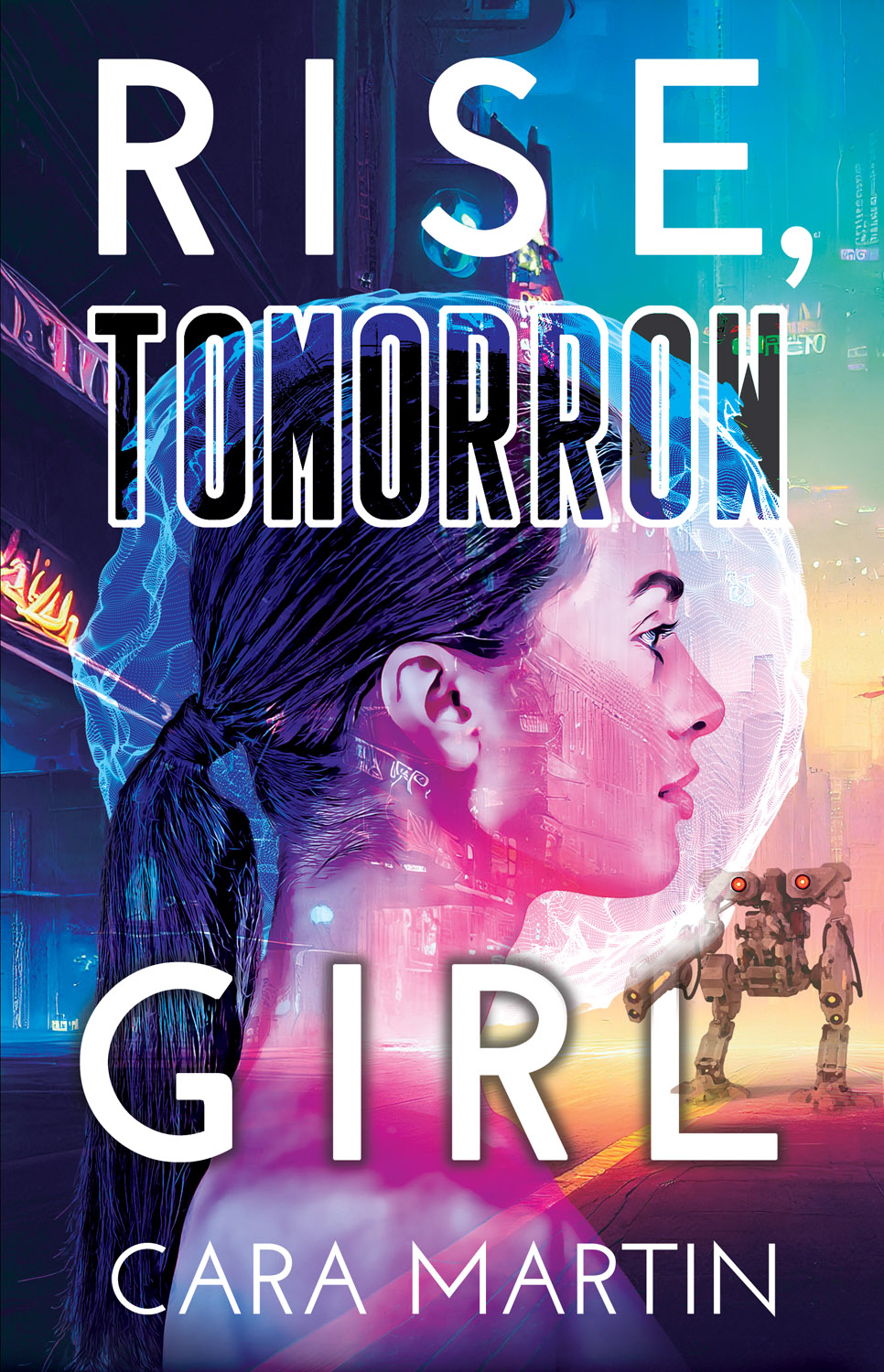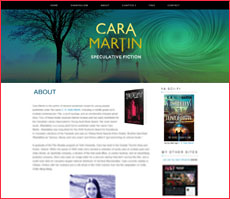
While I was in Dublin with minimal Internet access I happened to notice an interesting tweet from YA author Brent Hartinger (Geography Club, Three Truths and a Lie) that I filed away in the back of my head to ponder further when I got home: “I'm not sure all YA writers (and *especially* teen movie writers) fully appreciate that 56% of teenagers today are virgins (and the numbers are rising).”
Indeed, according to a 2017 CDC Report only 42% of teen girls 15 to 19 reported ever having had sex. The teen boys 15 to 19 figure was 44%. By age 18, 55% of both males and females have had sex. A 2018 health survey of 500 Europeans and 500 Americans found that the average age of virginity loss is 17.4. Because I write chiefly about Canadians in Canadian settings I went in search of Canadian data and found the figures to be much the same. A 2013-2014 Canadian Community Health Survey revealed the average age of first sexual intercourse in Canada as 17.8. A couple of years later a 2016 Durex report gave a breakdown of average age of first sex across 44 countries. That particular study cited the average age when Canadians first have sex as 18.1, almost identical to the U.S. age of 18 and U.K. age of 18.3.
In fiction and film I understand, to a degree, why writers would skew a bit more in favour of teenagers being sexually active than the average numbers suggest. Books and movies centre on people undergoing dramatic events and YA writers are drawn to firsts of all stripes. The momentous times in young people's lives. Things they'll never forget. Or sometimes, things they wish they could forget. On the other hand, we're not doing real teenage readers any favours if we're continually defaulting to portraying unrealistic behaviour in our writing.
I don’t write as much contemporary realistic YA fiction these days (my most recent book is a teen horror and a couple of years before that my publisher DCB released my middle grade sci-fi) but Hartinger's comment made me wonder about my own catalogue of young adult writing and how closely or not it aligns to the above stats. Out of curiosity, I decided to take a closer look at my ten young adult books. From here on out there are spoilers so if you don’t want to know who has sex and who doesn’t in my books stop reading right here. Anyway, here we go . . .
I Know It's Over, 2008: the sixteen-year-old main character (male) loses his virginity.
One Lonely Degree, 2009: the fifteen-year-old main character (female) is a virgin.
The Lighter Side of Life and Death, 2010: the sixteen-year-old main character (male) loses his virginity during the course of the book.
My Beating Teenage Heart, 2011: the seventeen-year-old male main character is sexually active; the fifteen-year-old female main character is a virgin.
Yesterday, 2012: *Set in 1985 when the above data would’ve been different. The sixteen-year-old main character (female) is a virgin.
Tomorrow, 2013: *Set in 1986/87. The nineteen-year-old main character (male) is sexually active.
The Sweetest Thing You Can Sing, 2014: the fifteen-year-old main character (female) who turns sixteen during the course of the book is a virgin.
Delicate, 2015: the seventeen-year-old female main character is sexually active; the sixteen-year-old male main character is a virgin.
Just Like You Said It Would Be, 2017: the sixteen-year-old main character (female) who turns seventeen during the course of the book is a virgin. The character loses her virginity a couple of weeks before her eighteenth birthday.
Shantallow, 2019 (released under the pen name Cara Martin): the sixteen-year-old main character (male) who turns seventeen during the course of the book loses his virginity at sixteen.
Then there’s Come See About Me (2012), which isn’t a teen book but whose main character (female) loses her virginity during her first year at university, when she’s eighteen, a fact I'll throw in because it's very relevant to the book, and to this conversation.
Summing up, in my ten young adult books featuring twelve main characters, seven of the characters 15 to 19 had had sex (many of them for the first time during the course of the book) and five of them hadn’t. Of course, with some of these books I'm looking back in time a decade with today's numbers in mind. The average age young people first have sex in North America seem to be continually rising and is something I wholeheartedly agree we should be mindful of and try to represent faithfully, particularly when writing realistic contemporary YA. The next time I write about sex and teenagers in a current day setting I'm going to check and recheck my assumptions. The sexual activity that happens, or doesn't, might be different than what I would've written when I started writing YA back in 1999.
*As a footnote, it's worth highlighting that according to CDC researchers, although the proportion of teens who reported ever having sex fell 8% between 2007 and 2017, "there was also an approximately equal drop in reported condom use during a last sexual experience -- down from a little over 60% of teens in 2007 to 53% in 2017."






